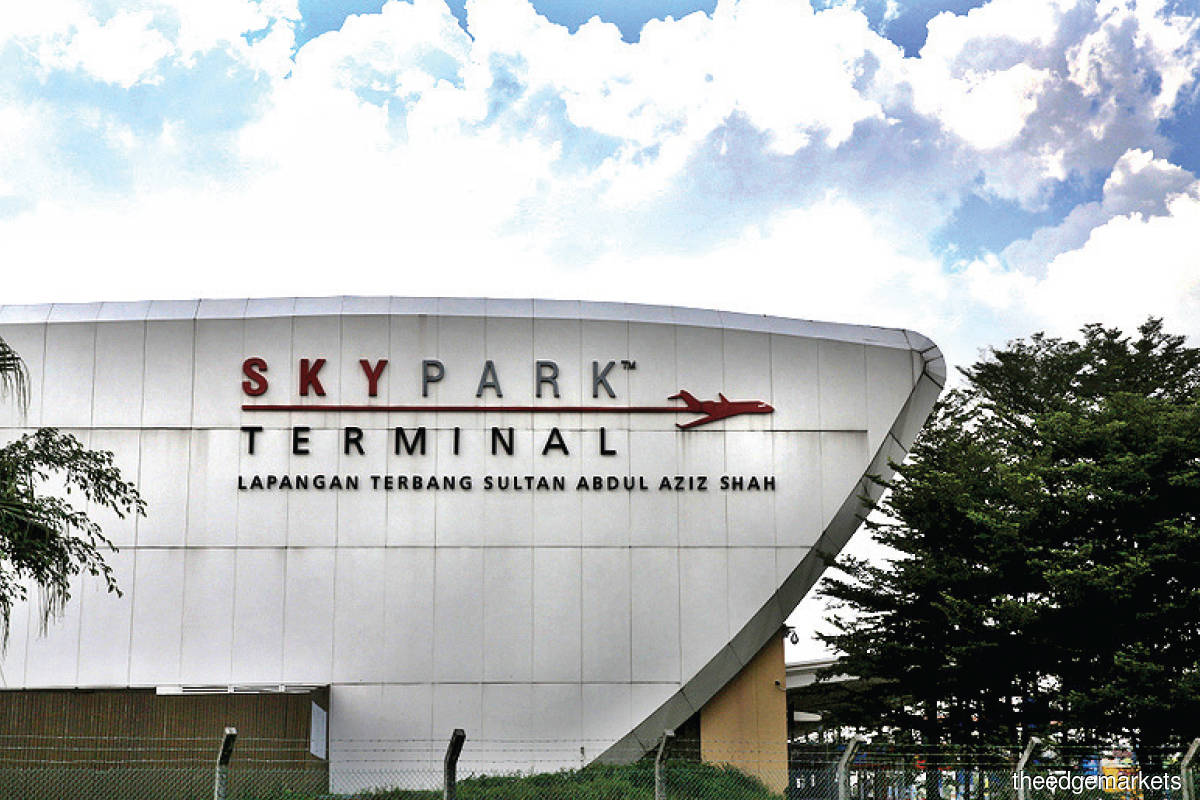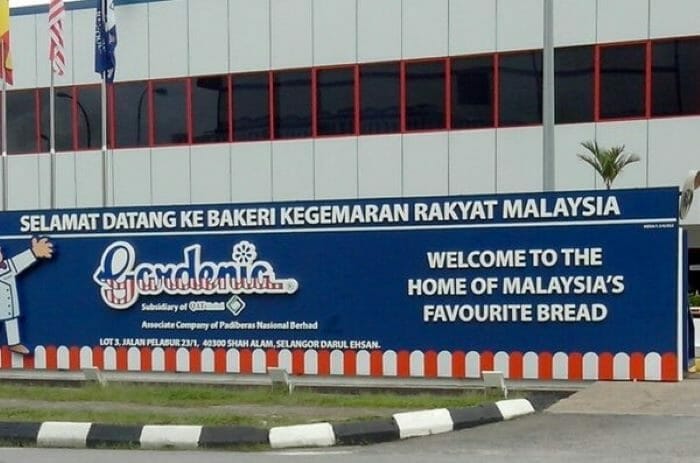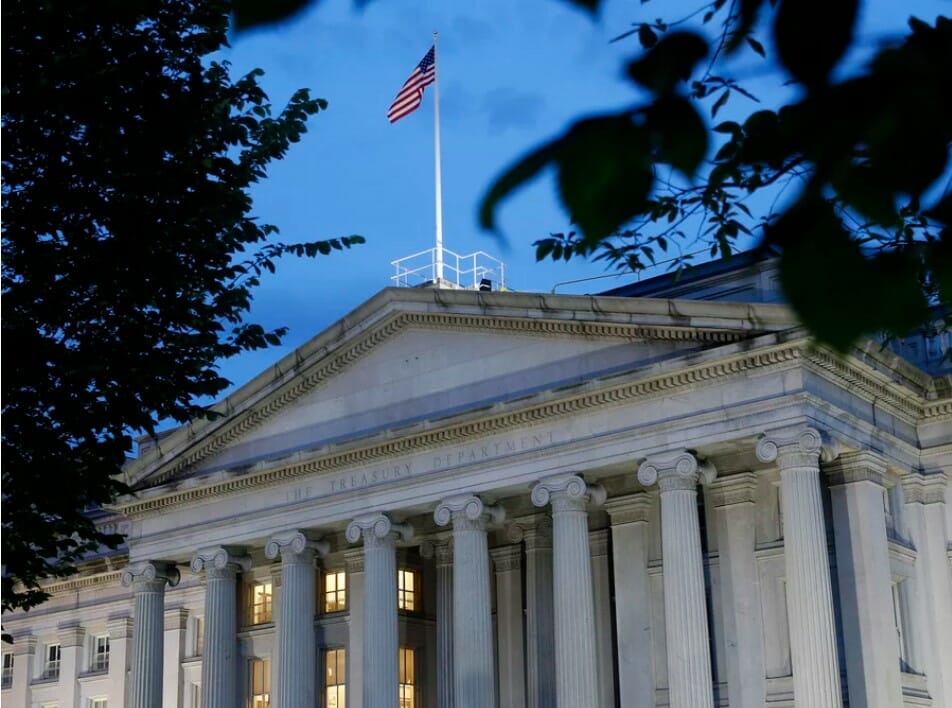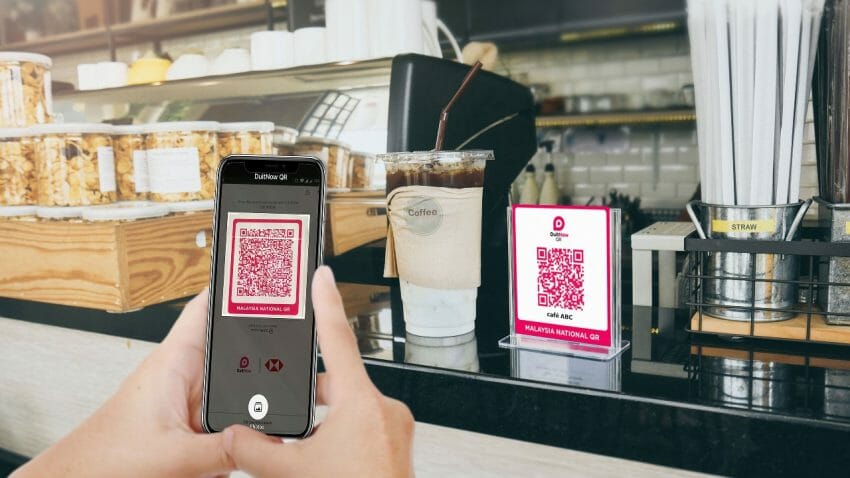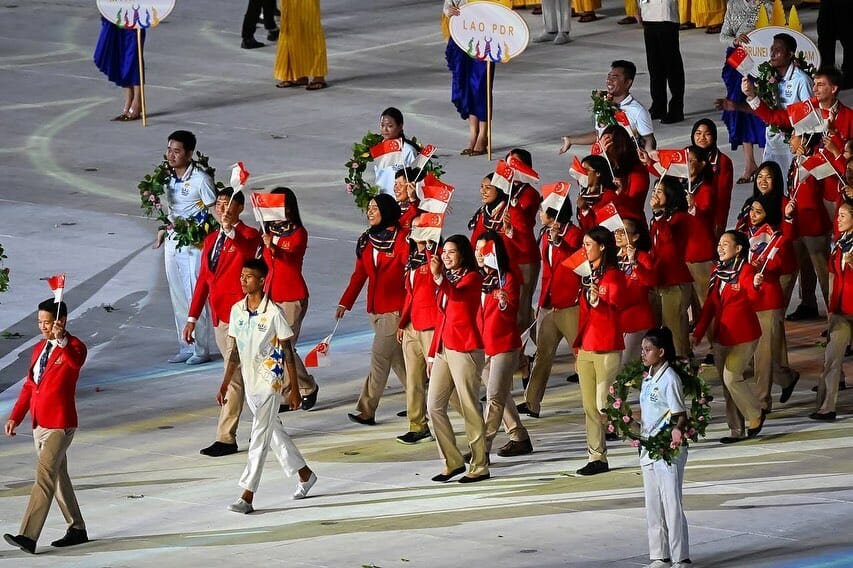THE Sultan Abdul Aziz Shah Airport in Subang, Selangor, could see a return of jets on its runway if the government approves a plan submitted by construction and property firm WCT Holdings Bhd in March.
This move will attract more regional airlines with jets in their fleet to operate out of Subang airport. It will also improve connectivity to destinations within a five-hour flight, such as Taipei, Shanghai and Asean, as well as link Sabah and Sarawak to Subang, according to the concept paper titled “Subang Airport Reconcessioning” prepared by PricewaterhouseCoopers Advisory Services Sdn Bhd for WCT’s 60%-owned subsidiary Subang Skypark Sdn Bhd (SSSB).
Since the opening of the Kuala Lumpur International Airport (KLIA) in 1998, Subang airport has been relegated to handling only propeller-driven aircraft such as turboprops, business jets, helicopters, light aircraft and military aircraft to avoid cannibalising KLIA’s traffic and make KLIA a strong aviation hub in the region. Firefly, Malindo Air and Berjaya Air currently fly out of SkyPark Terminal, while Raya Airways offers cargo flights.
WCT wants, however, to amend the policy to give regional jet operators access to Subang airport again, albeit jets with a smaller capacity of fewer than 140 seats. WCT, through SSSB, currently operates the SkyPark Terminal (formerly Terminal 3) under a 30-year sublease concession agreement with Malaysia Airports Holdings Bhd (MAHB) that ends in December 2037, with the option to extend for 29 years.
According to the concept paper, seen by The Edge, SSSB will take over from MAHB as main concession operator of Subang airport and enter into a new 50-year concession with the government to not only operate SkyPark Terminal but also develop and manage the surrounding land currently occupied by MAHB and Airod Sdn Bhd until 2092, with an option to extend for 20 years.
In the concept paper, SSSB says it will pay “fair compensation” to MAHB and Airod for vacating Subang. Other occupants, including Khazanah Nasional Bhd, the Civil Aviation Authority of Malaysia (which operates the control tower), the Royal Malaysia Police and the Royal Malaysian Air Force, will continue to use the facilities.
When contacted, a spokesman for WCT says: “The proposal is still a concept paper and at a preliminary stage. We have no further comment at the moment.”
On May 6, the Vibes news portal reported that WCT had proposed a new concession to the government to operate the entire Subang airport area until 2092.
According to the concept paper, SSSB would make an initial investment of RM3.7 billion, which comprises RM1.1 billion in equity financing and RM2.6 billion in debt financing. Of the RM3.7 billion total, RM1.7 billion will be used to develop a new passenger terminal and an executive jet terminal that will open in 2027, and the remaining RM2 billion to develop Subang airport into an airport city over the next 10 years.
It also reveals a base case equity internal rate of return of 9.9% over the initial proposed concession period of 50 years.
“With the idea of developing Subang airport as a holistic aviation-related and travel-oriented multimodal economic hub combining air, rail and road transport, the airport is set to contribute up to an estimated RM87 billion to RM94 billion of gross domestic product impact, creating 21,000 to 25,000 jobs and RM4 billion to RM5 billion of tax and concession fees paid by SSSB,” the document shows.
Proposed plan seeks to tap commercial potential of Subang
The reconcession plan would see more commercial or non-aerospace developments in Subang airport, with a brand-new passenger terminal to handle 7 1/2 million passengers a year, from 1 1/2 million passengers a year now; a terminal mall; a medical centre; an outlet mall; offices; bonded warehouses; hotel and meeting facilities; and a convention centre with airfield access for air shows. It will also see the development of transport hub facilities.
These initiatives are deemed a critical part of the business plan for Subang airport to drive non-aeronautical revenue and attract more passengers to the airport.
“SSSB aims to emulate the success seen at other successful airports globally by fully tapping into the high commercial value presented by Subang’s strategic location.
“Almost all airports now depend significantly on non-aeronautical revenue as a key part of their overall business model. A strong non-aeronautical outcome allows the airport to charge lower aeronautical fees to airlines and passengers, and to cover the whole cost of infrastructure,” the concept paper says.
As far back as 2017, SSSB had expressed an interest in expanding its operations beyond SkyPark Terminal and redeveloping Terminal 2 when the company was still controlled by businessman Tan Sri Ravindran Menon and his partner Datuk Aisamar Kadil Mydin Syed Marikiah. WCT had acquired a 60% stake in SSSB from the duo for RM44.56 million in April 2018. Terminal 2 has been vacant since November 2009, after MAHB relocated its corporate headquarters to Sepang. People familiar with the situation tell The Edge that MAHB had then decided not to proceed with SSSB’s plan after learning that it intended to allocate about 80% of the terminal space for commercial developments and only 20% for aeronautical purposes.
“This would have resulted in inefficiency and additional costs for the airlines and other users of the airport, as they would have to split their operations between the two terminals. Only the airport operator would benefit, as they have more commercial spaces to rent and revenue to be made,” says one person familiar with the matter.
Viability of SSSB’s Subang city airport plan
Still, it would be a challenge to carry out WCT’s concept paper, as it is premised on the ability to increase the passenger service charge (PSC) at Subang airport every five years at 3% a year, unbound by the rules currently governing government-linked companies like MAHB. Currently, the Malaysian Aviation Commission (Mavcom) is responsible for the setting of airport aeronautical charges in the country, including the PSC.
According to Mavcom’s consultation paper in October 2018, Senai International Airport in Johor — currently the only privately managed commercial airport in Malaysia — had been unable to exercise its market power by increasing aeronautical charges on its customers, owing to the presence of countervailing buyer power of a dominant airline operating at the airport. In fact, on average, Senai Airport had been giving higher levels of incentives and rebates to its customers relative to MAHB.
Given the significant investment and long-tailed nature to achieve reasonable returns, the viability of the project would hinge on several factors, the concept paper shows. They include SSSB being allowed to undertake the commercial developments on surrounding land parcels and PSC escalation and rebasing of rates upon commencement of new terminal operations, as Subang will no longer be part of the MAHB cross-subsidy system.
It also hinges on SSSB having the ability to operate passenger and cargo jets into Subang airport as well as stagger its compensation payments for airport re-concessioning and land.
Under the reconcession plan, SSSB is also proposing to share a portion (15%) of the airport landing charges as a concession fee payment to the government in compensation for use of the runway.
The concept paper is also based on the expectation that air traffic will recover from 2022 subsequent to vaccination of most of the global population and reach 2019 levels in 2024 or 2025.
The concept paper contends that Subang airport will not compete with KLIA, as the focus will be on time-sensitive travel and unlocking unserved secondary airport markets.
It likens Subang airport to Oakland International Airport in the US, Rome Ciampino Airport in Italy, London City Airport in the UK, Sabiha Gokcen Airport in Istanbul, Turkey, and Taipei Songshan Airport in Taiwan. “The model of a city having two airports which complement each other (and in many cases are operated separately) exists in multiple locations globally,” the document states.
However, a separate document outlining the position of Malaysia Aviation Group Bhd and MAHB in the development of Subang Airport showed that MAHB could lose some RM11.9 billion in future revenues if Subang airport is carved out of its network of 39 airports in the country. It would also derail MAHB’s RM1.3 billion Subang Airport Regeneration plan, which ensures the business aviation and maintenance, repair and overhaul component remains a key segment of the airport.
Companies Commission of Malaysia data shows that WCT owns 60% of SSSB via its indirect wholly-owned subsidiary Skyline Domain Sdn Bhd, while the remaining 40% is held by Anggun Intelek Sdn Bhd, a wholly-owned unit of Umno-linked investment vehicle Temasek Padu Sdn Bhd.
SSSB reported a net profit of RM1.06 million on revenue of RM22.22 million in the financial year ended Dec 31, 2017 (FY2017), but has been loss-making since FY2018. SSSB booked a smaller net loss of RM14.76 million in FY2019, from RM15.75 million in the previous year, as revenue fell 7% year-on-year to RM18.17 million.

